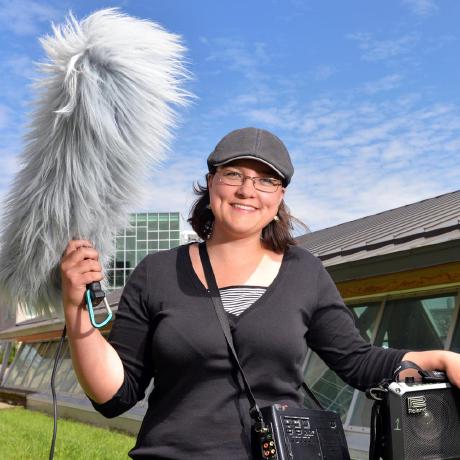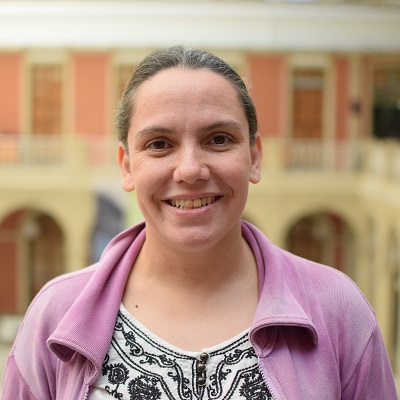All posts (Page 111 of 125)
The rOpenSci Unconference is coming to Australia and we are excited!!
The event will take place in sunny Brisbane, on April 21-22 2016 hosted at the Microsoft Innovation Centre. You can find more information about the event and how to register at https://auunconf.ropensci.org/.
I was completely and unceremoniously thrown into the deep end when I first started learning R. Contrary to what I initially thought possible, I am now irreversibly converted to the ideology of open source. Create tools to make other people’s lives easier? Make methods easily reproducible? Get your hands on state-of-the-art methodology, hot off the presses? Yes please! Can I have some more?
...Scientific articles are typically locked away in PDF format, a format designed primarily for printing but not so great for searching or indexing. The new pdftools package allows for extracting text and metadata from pdf files in R. From the extracted plain-text one could find articles discussing a particular drug or species name, without having to rely on publishers providing metadata, or pay-walled search engines.
The pdftools slightly overlaps with the Rpoppler package by Kurt Hornik. The main motivation behind developing pdftools was that Rpoppler depends on glib, which does not work well on Mac and Windows. The pdftools package uses the poppler c++ interface together with Rcpp, which results in a lighter and more portable implementation.
...We’ve got a big year ahead of us as we work towards expanding our team and organizing various events and activities. We remain committed to supporting and expanding the landscape of open source tools that are available to researchers. While much of our focus has been around making it easier to access various data repositories, we are keen on improving other parts of the research pipeline, including data munging, documentation and sharing. To help us prioritize our development activities and better understand the needs of researchers, we would really appreciate 5-12 minutes of your time to complete a survey:...
rOpenSci, whose mission is to develop and maintain sustainable software tools that allow researchers to access, visualize, document, and publish open data on the Web, is pleased to announce that it has been awarded a grant of nearly $2.9 million over three years from The Leona M. and Harry B. Helmsley Charitable Trust. The grant, which was awarded through the Trust’s Biomedical Research Infrastructure Program, will be used to expand rOpenSci’s mission of developing tools and community around open data and reproducible research practices....
A new version of rentrez, our package for the NCBI’s EUtils API, is making
it’s way around the CRAN mirrors. This release represents a substantial
improvement to rentrez, including a new vignette
that documents the whole package.
This posts describes some of the new things in rentrez, and gives us a chance
to thank some of the people that have contributed to this package’s development.
🔗
Thanks
Thanks to everyone who has filed and issue or written us an email about rentrez,
your contributions have been an important part of the package’s development. In particular, we welcome
Han Guangchun as a new contributor to rentrez and thank
Matthew O’Meara for posting
an issue that brought the by_id mode for entrez_link (discussed below) to our
attention.




